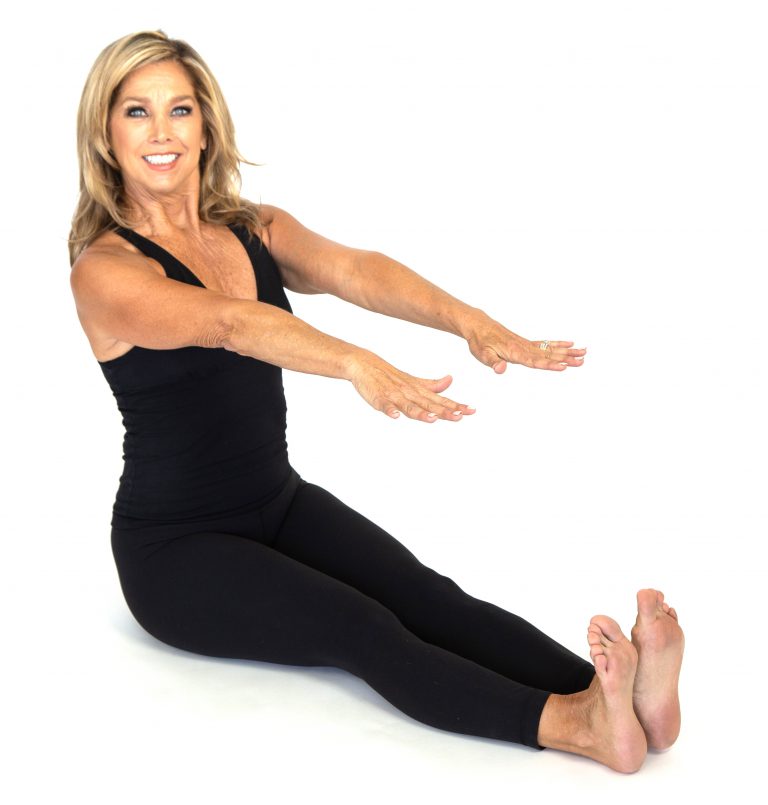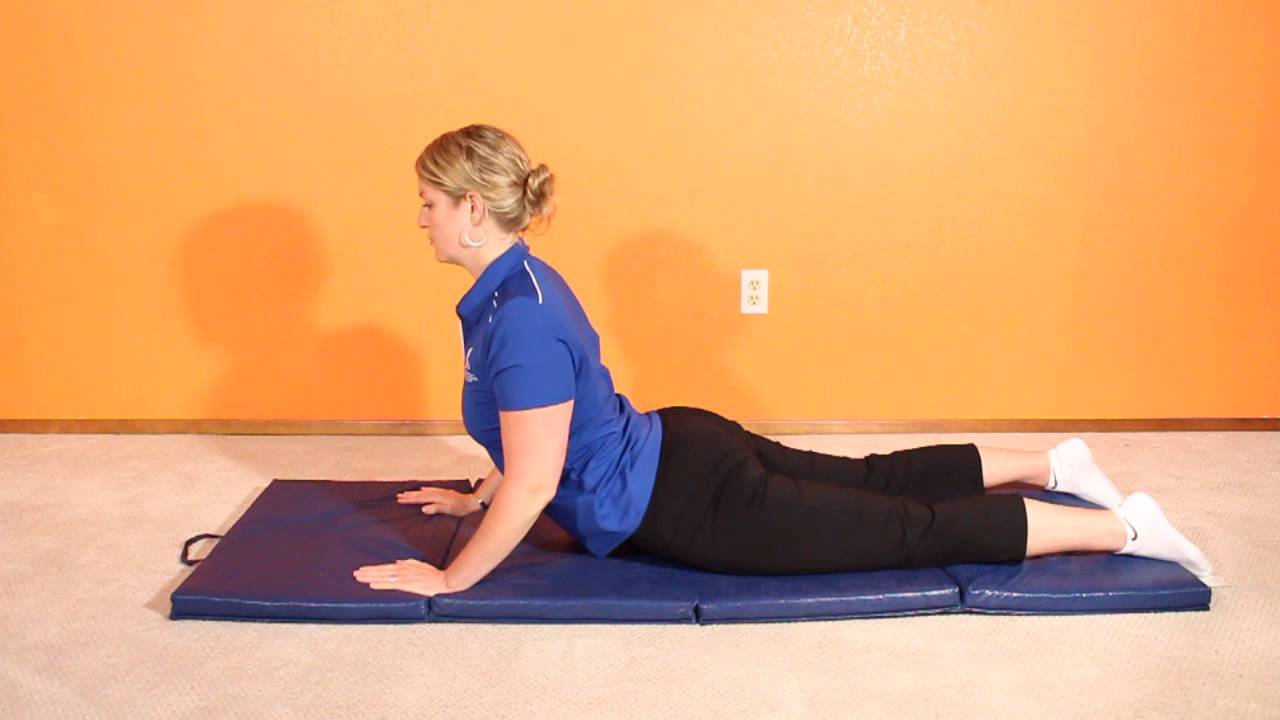

This is the connection of your iliacus and psoas muscles that allow hip flexion actions such as squatting, standing from sitting, stepping up, running, walking, etc. Your hip flexors are also known as the iliopsoas muscles. If you have SI (sacroiliac) joint pain, lower back and hip pain when sitting, or tailbone pain when sitting, there is a high likelihood that your pain originates from tight hip flexor muscles. Learning other aches and pains that are connected to one another is another step towards body awareness and pain management.īut what made your tailbone start hurting in the first place? Let’s discuss the most common instigator of tailbone pain while sitting. The interconnected nature of the human body means that if one thing goes wrong, it can impact several other parts of your body over time.
Tailbone pain that lasts for a long time may also cause other symptoms like anxiety, depression, back pain, and poor sleep. Severe tailbone pain when sitting for extended periods. Tailbone pain when changing from sitting to standing up. Other symptoms of tailbone pain or coccydynia include: Tailbone pain can extend beyond the pain you feel while you are seated or after sitting. The shape of your tailbone can also influence how it feels when you sit as well. Part of the reason why you may be having tailbone pain when sitting is that when you are in the seated position, your coccyx and ischial tuberosities are taking the brunt of the weight and pressure. It is most easily defined as the pain that occurs in and around the bone at the bottom of your spinal column. Tailbone pain is also referred to as coccydynia. Several muscles, tendons, and ligaments connect to your tailbone, and the location at the base of your spinal column makes it a common area to experience pain from trauma or other causes. The tailbone is the same thing as your coccyx and is made up of 3-5 fused vertebrae. It’s important to understand your anatomy to pinpoint the culprit of your pain when sitting, so let’s make sure you know what your tailbone is! There are so many reasons why you could be experiencing tailbone pain when sitting, from how long you are sitting and the position you are sitting in, to underlying health factors.Īn all too common culprit for tailbone pain is your hip muscles - specifically, your hip flexors.īut how do you know if that is the problem? And, if your pain is generalized in your pelvic region, how can you be sure that your tailbone is the issue? When it comes to tailbone pain, addressing the symptoms will give you some temporary relief, but to get long-lasting comfort when sitting, you need to address the root cause of your pain. There are several reasons why you may experience pain when you sit or when you stand up from sitting, but a major issue when addressing pain is that we often start by treating the symptoms. And, if you already have tailbone pain when sitting, extra sitting will only exacerbate the issue. 
Because sitting can actually be hard on your body, especially if you aren’t sitting in proper alignment. We sit when we are driving, when we are at our job, and oftentimes once we get home to unwind from that hard day of work.Īll of that sitting adds up and can become more and more of a burden. It is no secret that many of us sit far too much.

In fact, tailbone pain when sitting and hip pain while sitting are all too common. Is your work or play causing you pain? While sitting may not seem like a strenuous activity, and might even seem like a relief at the end of a long day, it could be causing you more issues than you realize.







 0 kommentar(er)
0 kommentar(er)
